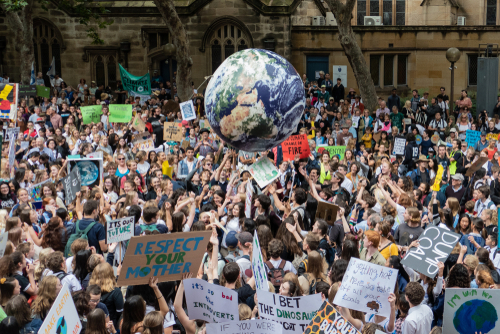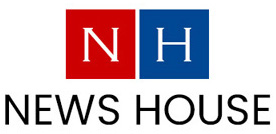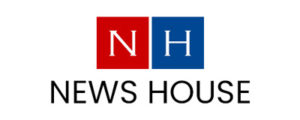
In a shocking incident, a portrait of King Charles III was vandalized during a Royal Society for the Prevention of Cruelty to Animals (RSPCA) event by activists from the group Animal Rising. The portrait, created by renowned artist Jonathan Yeo, was on display at the Philip Mould & Company gallery in London.
The vandalism occurred on June 10, 2024, as activists protested against King Charles's patronage of the RSPCA, accusing him of hypocrisy due to his involvement in hunting and shooting activities. The group claimed responsibility for the act, stating that it was a demonstration against the King’s “bloodlust for killing mammals and birds,” which they argue is inconsistent with the values of an animal welfare organization.
The new King Charles Satan painting has already been vandilized pic.twitter.com/0BGFGcWXCF
— Jake Shields (@jakeshieldsajj) June 11, 2024
The portrait, unveiled in May 2024, depicts King Charles in the uniform of the Welsh Guards and had been commissioned to celebrate his coronation. It was intended to honor his long-standing service to various charities and organizations, including the RSPCA, where he recently became a patron.
The activists managed to gain entry to the gallery and defaced the painting with red paint, symbolizing blood. They also left leaflets condemning the King’s involvement in hunting. The gallery staff quickly intervened, but the damage had already been done.
BREAKING: Supporters of @AnimalRising have entered the @philipmould Gallery and affixed posters onto the painting of King Charles III. One overlaid the King’s face with Wallace and one was a speech bubble reading “No Cheese, Gromit. Look At All This Cruelty On RSPCA Farms!” 1/8 pic.twitter.com/pBojAesBHM
— Animal Rising Press (@AnimalRisingPR) June 11, 2024
The incident has sparked a debate over the appropriateness of the King’s patronage of the RSPCA and the broader issue of his personal hobbies conflicting with his public roles.
RSPCA issued a statement expressing disappointment over the vandalism and reaffirming their support for King Charles. They emphasized the King’s contributions to animal welfare and conservation efforts, hoping that this act of vandalism would not overshadow his positive impact.
The portrait will undergo restoration, and security measures at the gallery have been heightened to prevent further incidents. Meanwhile, Animal Rising has faced criticism for their extreme measures, with some arguing that such actions undermine their cause and alienate potential supporters.
This event is a significant moment in the ongoing tension between animal rights activists and traditional practices associated with the British aristocracy. It highlights the challenges faced by public figures in balancing personal interests with their public duties, especially in roles that are symbolic and scrutinized by the public and advocacy groups alike.













